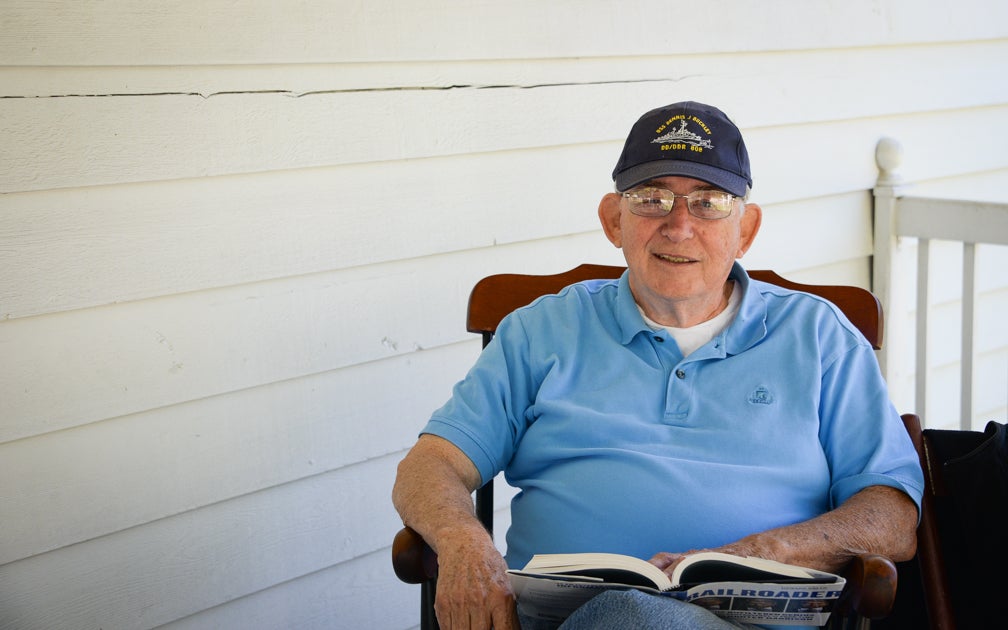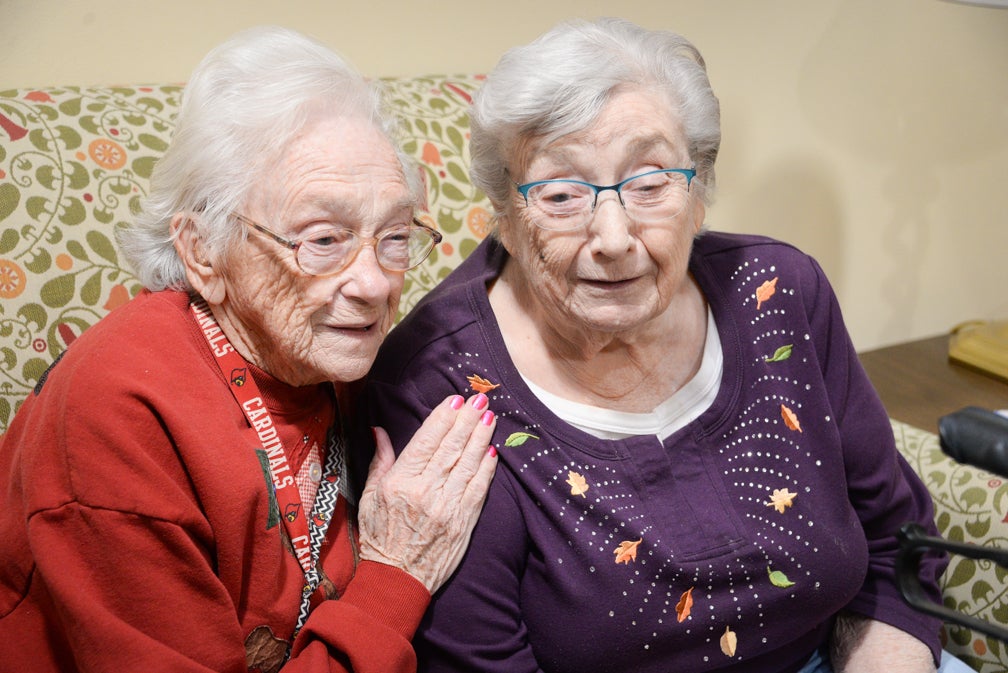Out of high school, Charles Bogart knew one thing — he wanted to travel the world.
As he walked past the post office in his hometown of Fort Thomas, Kentucky, near Newport, he would stop and look at recruitment posters for the Navy.
“There was no money in my family to send me to college,” Bogart said. “I had never been anywhere.
“The signs said ‘Join the Navy and see the world.’”
The Navy served as a means of escape for Bogart, allowing him to see a part of the world other than the world his parents were locked into.
“My parents were blue-collar working people,” he said. “I thought this was my one and only chance to get out of it.”
If he was going to go to college, he was going to have to pay for it himself. The money he earned during his service, he sent back home to be saved so that he could attend Thomas More University in Crestview Hills.
Bogart enlisted in the Navy in 1958 at 17 years old. He was sent to San Diego for basic training and then to San Francisco for radar school.
He served on the USS Dennis J. Buckley Radar Picket Destroyer 808 as a radarman. He performed long-range search radar for planes returning to the aircraft carrier.
“We were the point that planes were using,” he said. “We were out front as a warning.”
Bogart did two WesPac cruises along the Asian Coast. On his off days he would leave the ship and travel the region. Using public transportation, he visited Honolulu, Tokyo and Hong Kong.
“The place I really liked was Hong Kong,” he said. “I enjoyed riding the double deck street cars.”
Being a history buff, he took a tour of the British WWI fortifications islands. He also tried to cross the border into Asia, but was picked up by Chinese border guards and sent back to his ship.
Bogart loved to leave the ship whenever he could.
“Some guys never went off ship overseas,” he said. “I would go to the bars. I was only an E3, but I did mix with the officers sometimes, which is a no-no.
“In Hong Kong, two officers invited me to go with them to a floating Chinese restaurant. That was one of the greatest meals I’ve ever had.”
It was his time spent in San Francisco, however, that he enjoyed the most.
“The greatest place in the world is San Francisco,” Bogart said. “I was an 18 year old on my own. When Friday came, class was over. I was free until 8 Monday morning to do whatever I wanted to do.”
Using public transportation, he toured San Francisco, eating food, going to bars and parties. He would attend art shows and the theatre.
“You could meet a young lady and she was not offended you rode public transportation,” he said.
He would also take weekend trips to Las Vegas or tour the West, visiting places from his favorite Westerns. He visited Donner Pass, Carson City and more. People offered him places to stay while he traveled.
In 1961, Bogart’s time in the Navy was up. He left with an Armed Forces Expeditionary medal for his two 7-month WesPac cruises. He also earned a Berlin Occupation Medal because of a three-month involuntary extension around the time the Berlin Wall was being built in August 1961. That medal made him eligible to join the VFW Post 4075 in Frankfort.
After the Navy, Bogart finished up his degree at Thomas More University and obtained a master’s degree in urban planning from Ohio State University. He married his wife, Mary Ann, in 1968, and they moved to Frankfort because he got a job with the state in the Commerce Cabinet.
He and his wife have one daughter, Amy Bogart Wilhoite, and a granddaughter, Grayson Wilhoite.
Travel goal
Also in 1968, Bogart made it a yearly goal to travel to at least 12 states. He has kept the goal ever since, but said that COVID-19 has slowed his traveling this year.
“When I was working for the state, traveling was pretty easy. I had to go to Washington, D.C., Maryland.”
He also travels to Kentucky’s bordering states.
In the 1980s and 1990s, he worked in Ecuador for Partners of Americas, U.S. Aid and Development and United Nations Relief organizations. When he wasn’t providing planning, training and support, he was traveling South America.
“Mary Ann and Amy came down and we flew to Lima, Peru, and wandered around and flew up to Machu Picchu. Then we went down to Puno. Every once in a while we would sleep on the floor. We froze to death.
“A bus took us to Lake Titicaca, and we went to La Paz and then we flew back to Panama, then to Jamaica.”
Mary Ann and Bogart have also traveled to Europe three times on vacation. When he worked for military affairs, he earned enough comp time to take monthlong vacations.
“My wife and I don’t do presents and we don’t eat out,” he said. “All that money goes in a vacation fund.”
While in Europe they stayed at countryside bed and breakfasts.
“It was an inexpensive way to get around,” he said.
On Aug. 1, 2005, he retired from the state and went to work for Frankfort Parks, Recreation and Historic Sites part time as a tour guide at the Leslie W. Morris Park on Fort Hill. He offers a brief history about the fort and its role in the Civil War.
He also volunteers with the Capital City Museum as a historian and he leads a railroad walking tour. And he runs the Civil War Roundtable, a group that gathers monthly to discuss different topics on the Civil War.
Since he retired, Bogart has made another goal to write a book once a year. The latest book he just completed a rough draft of is “Kentucky Boy in the Navy.”
“I did a diary of my second WesPac cruise that I’m getting put into Word,” he said. “I was thinking about shopping it to the Naval Institute or Texas A&M.”
The next book he is going to begin writing is about the 13th Kentucky Mounted Infantry.
Bogart said he has always been interested in history. When he was in third grade he got in trouble for reading a history book instead of working on another assignment.
“The Sister whacked me over the head and started asking me history questions,” he recalled. “Every question she asked me, I could answer.”
The same thing happened when he was in the Navy while taking a correspondent course in history.
“They would try to stop me with history questions, and nine times out of 10, I could answer it.”
His favorite era in history is the Civil War “because of the political, economic and military considerations,” he said. “It’s the opening of the modern era.”
Bogart is amazed by the changes the Civil War made to society. The nursing profession moved from a male profession to a female profession. Women began to teach and work in the garment industry. He said the federal government began hiring widows of Civil War officers as clerks.
The great economic change that came out of the war was the move to paper currency, he said.
“No longer can you conduct business with a pocket full of gold coins. It was such a great swap from before to afterward. We started to come the country we’ve become.”
Bogart also has an interest in the railroad and he works for the Bluegrass Railroad Museum in Versailles. He serves as a conductor and fireman on the museum’s train.
Bogart has no plans of giving up any of his interests anytime soon.
“I just turned 80,” he said. “I have to get out and do things.”
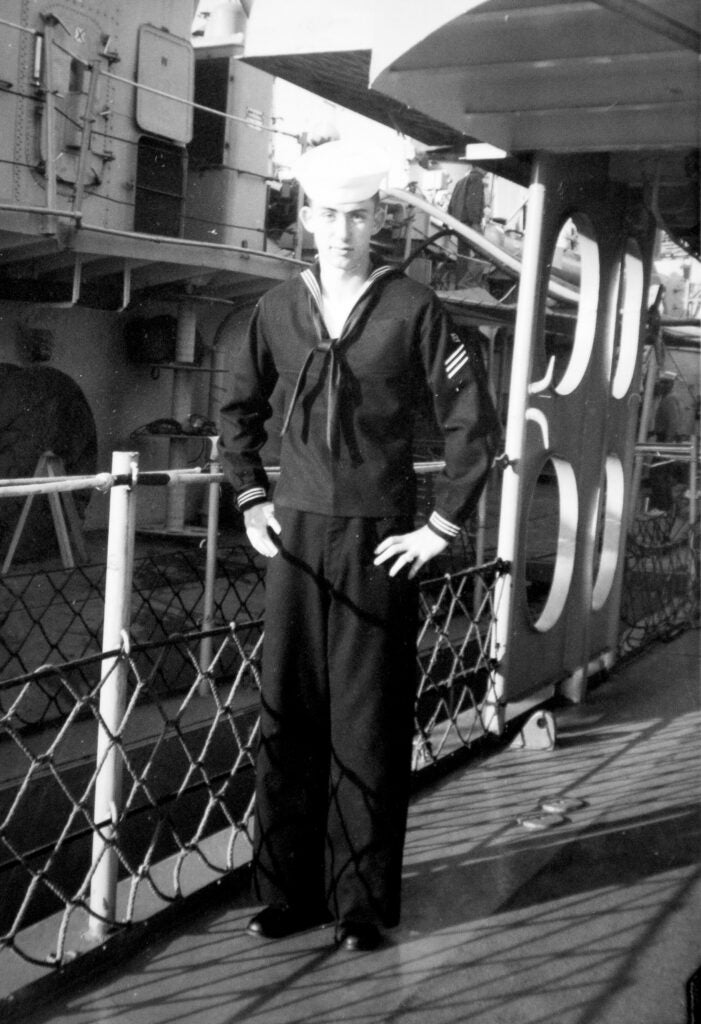
Charles Bogart served in the Navy on the USS Dennis J. Buckley Radar Picket Destroyer 808 as a radarman from 1958-1961. (Photo submitted) 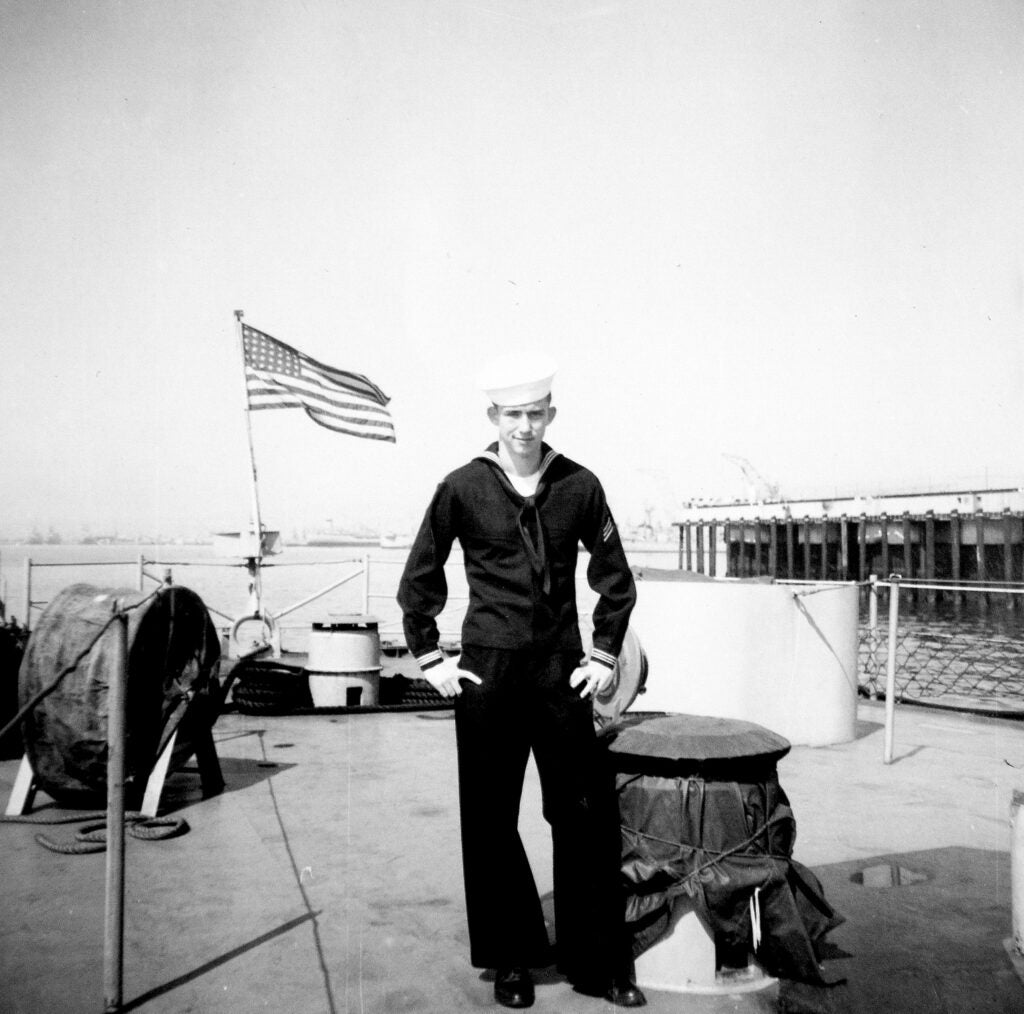
Charles Bogart served in the Navy on the USS Dennis J. Buckley Radar Picket Destroyer 808 as a radarman from 1958-1961. (Photo submitted) 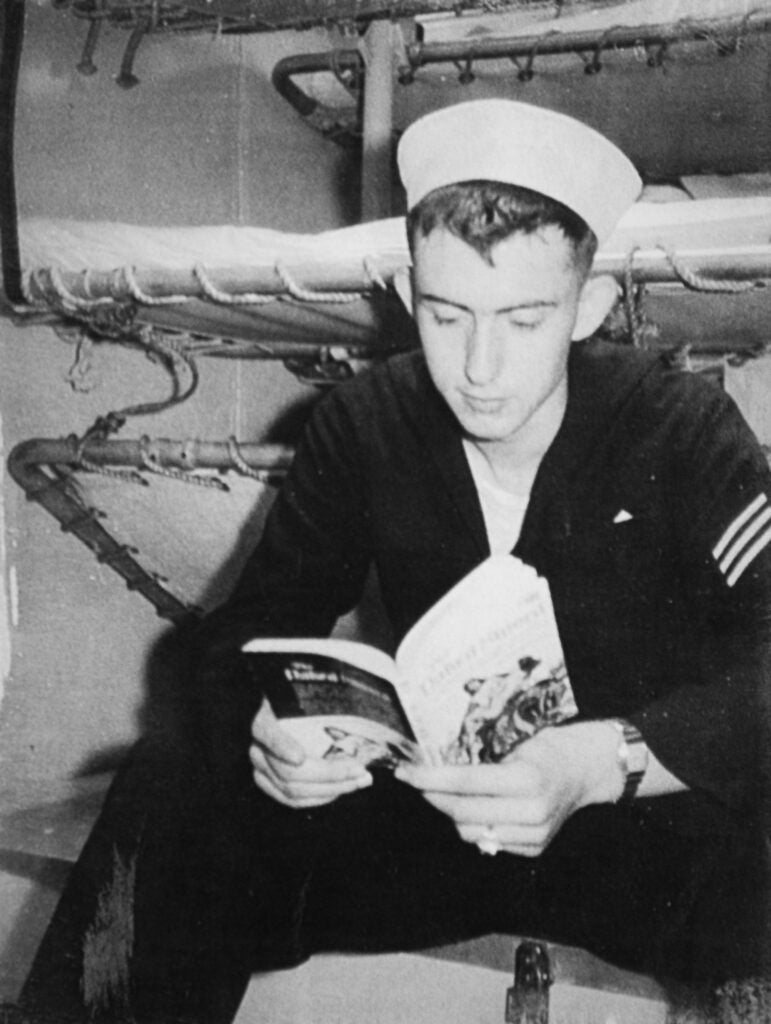
Charles Bogart served in the Navy on the USS Dennis J. Buckley Radar Picket Destroyer 808 as a radarman from 1958-1961. (Photo submitted) 
Charles Bogart served in the Navy on the USS Dennis J. Buckley Radar Picket Destroyer 808 as a radarman from 1958-1961. (Photo submitted) 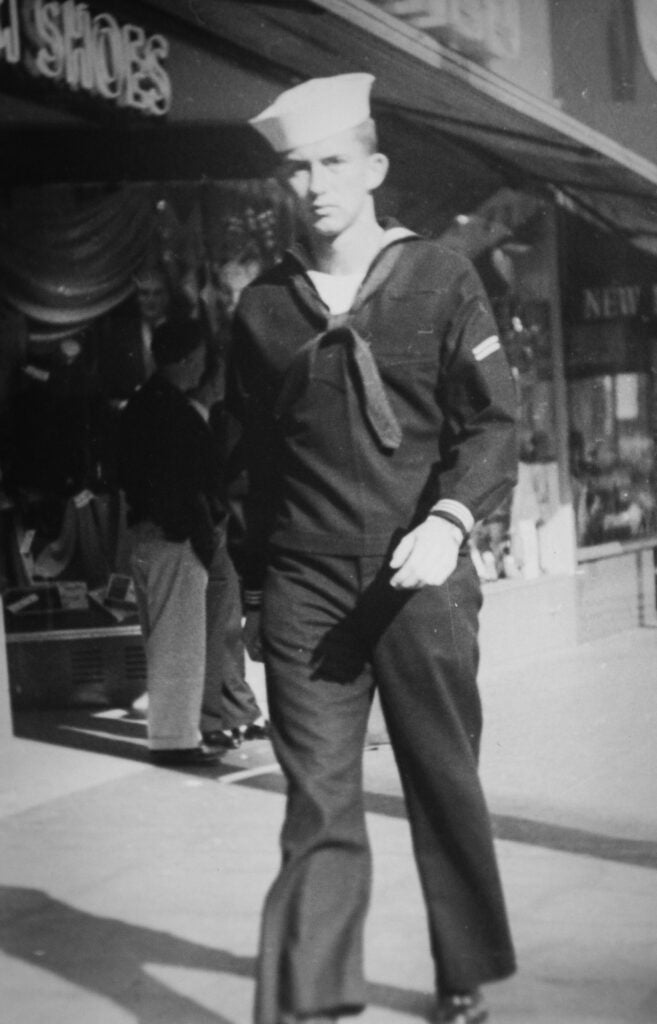
Charles Bogart walks down a street in San Francisco during his time in the Navy from 1958-1961. (Photo submitted) 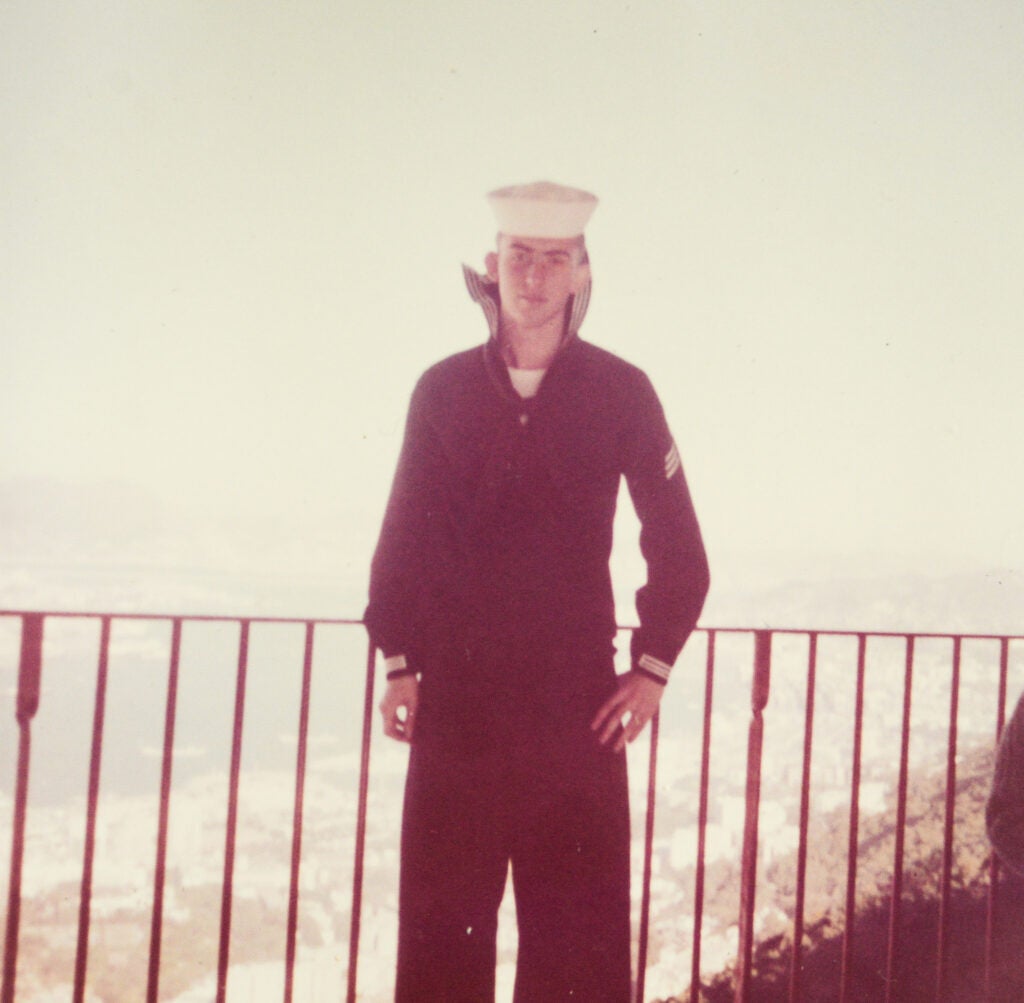
Charles Bogart visits Hong Kong during his time in the Navy from 1958-1961. (Photo submitted) 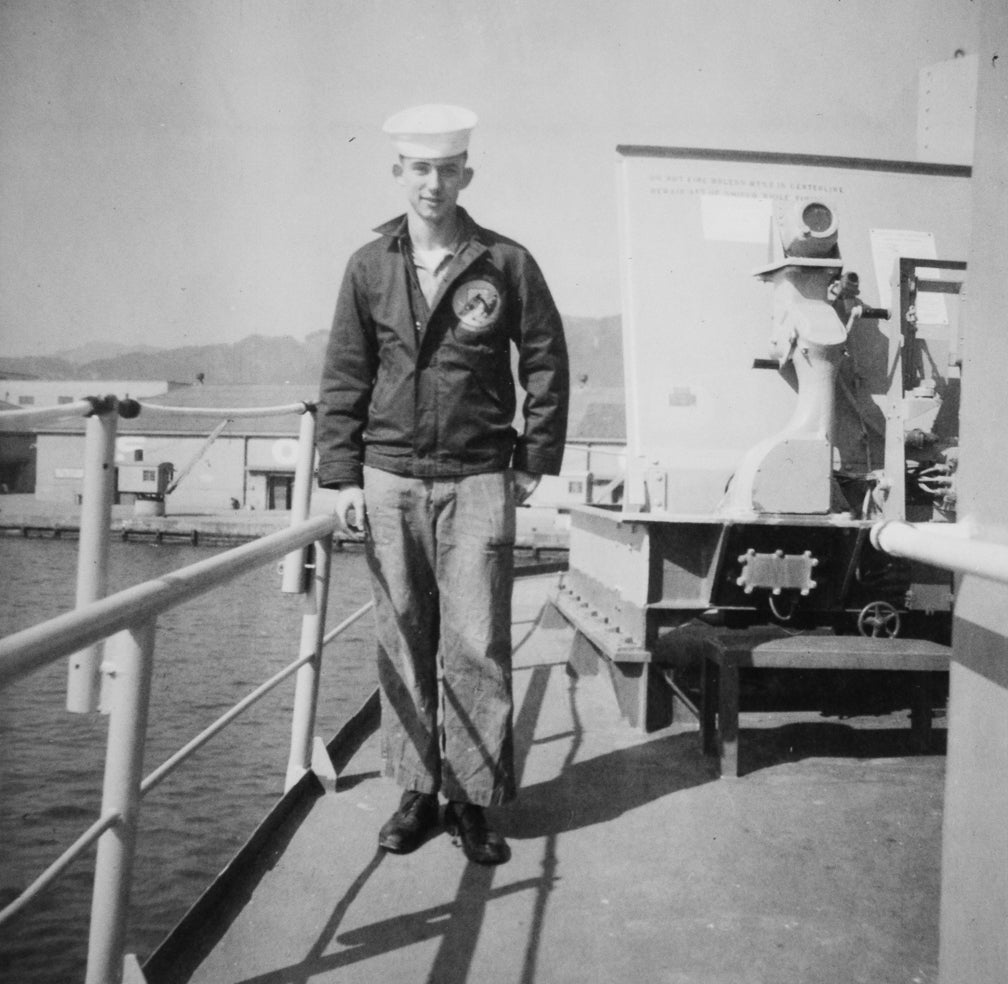
Charles Bogart served in the Navy on the USS Dennis J. Buckley Radar Picket Destroyer 808 as a radarman from 1958-1961. (Photo submitted) 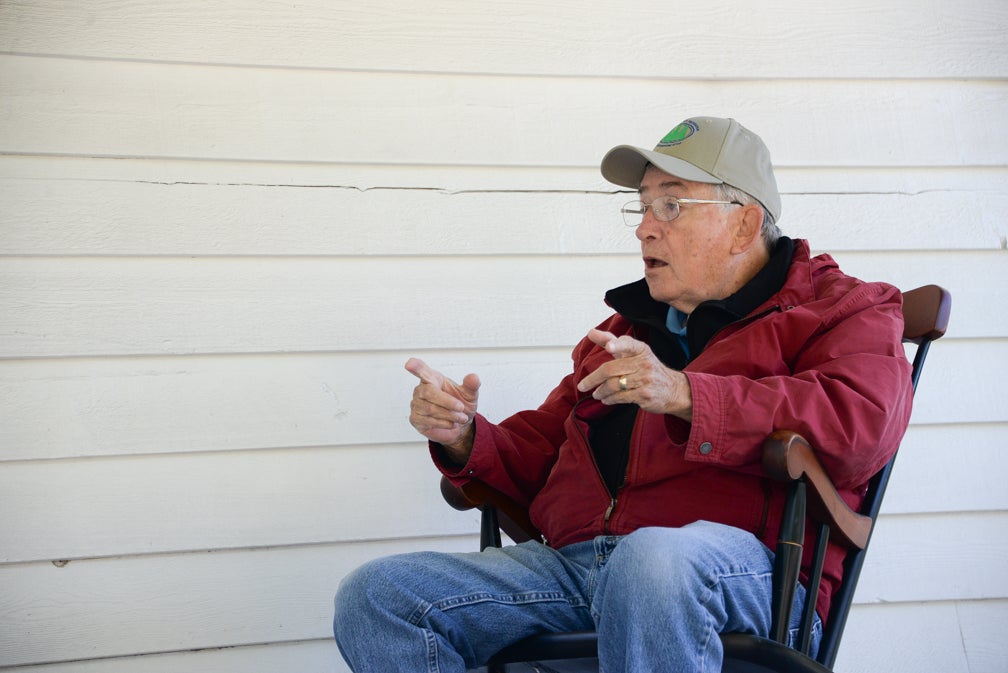
Charles Bogart offers a history of Fort Hill to visitors. (Photo by Hannah Brown) 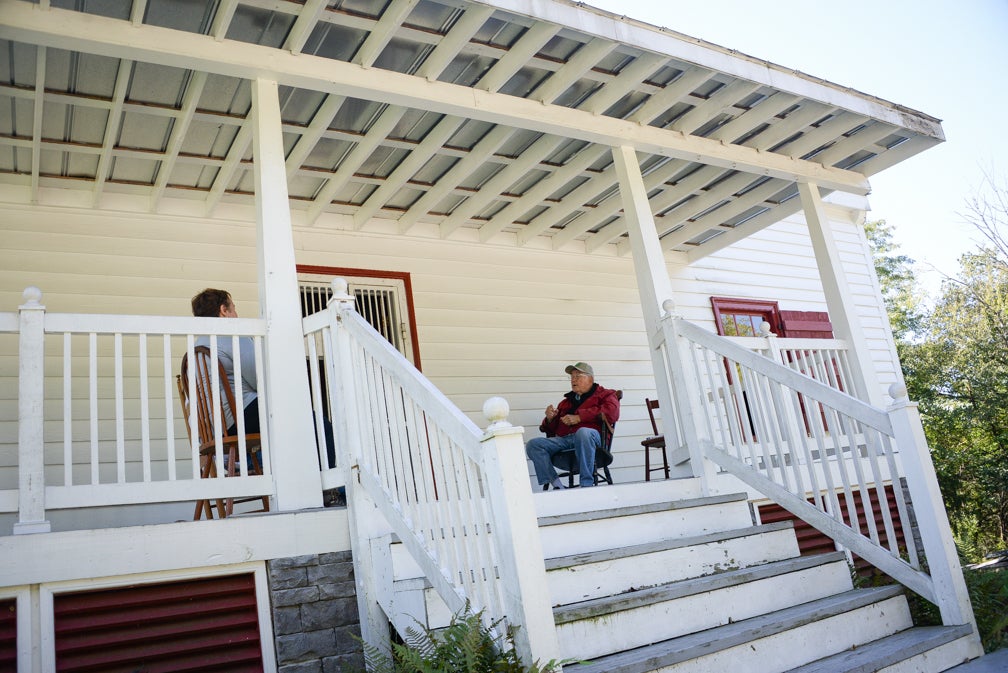
Charles Bogart offers a history of Fort Hill to visitors. (Photo by Hannah Brown) 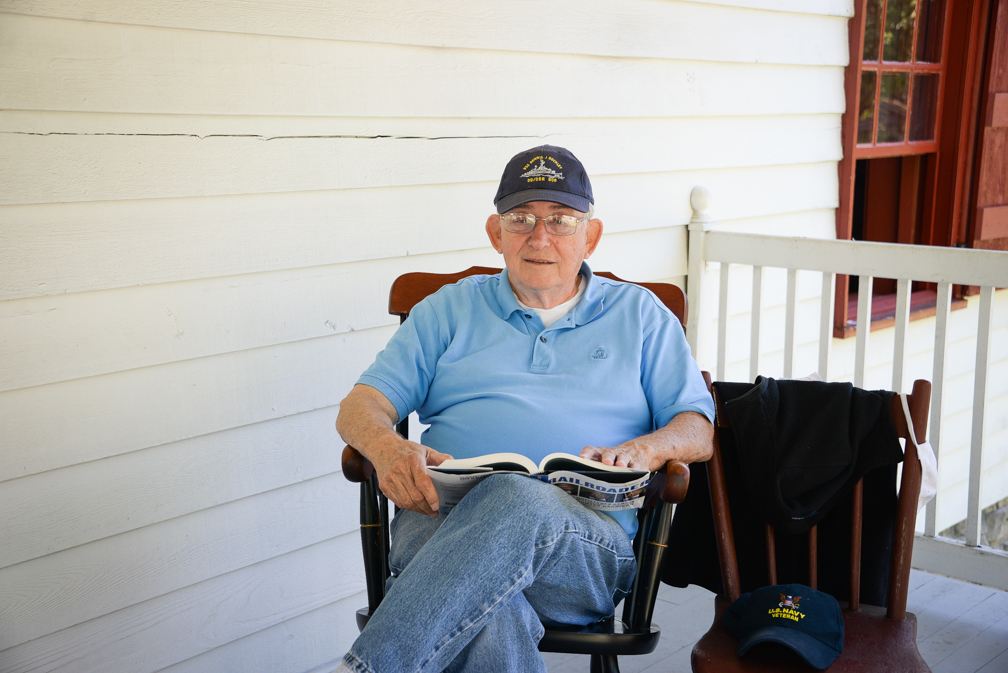
Charles Bogart is a U.S. Navy veteran. (Photo by Hannah Brown) 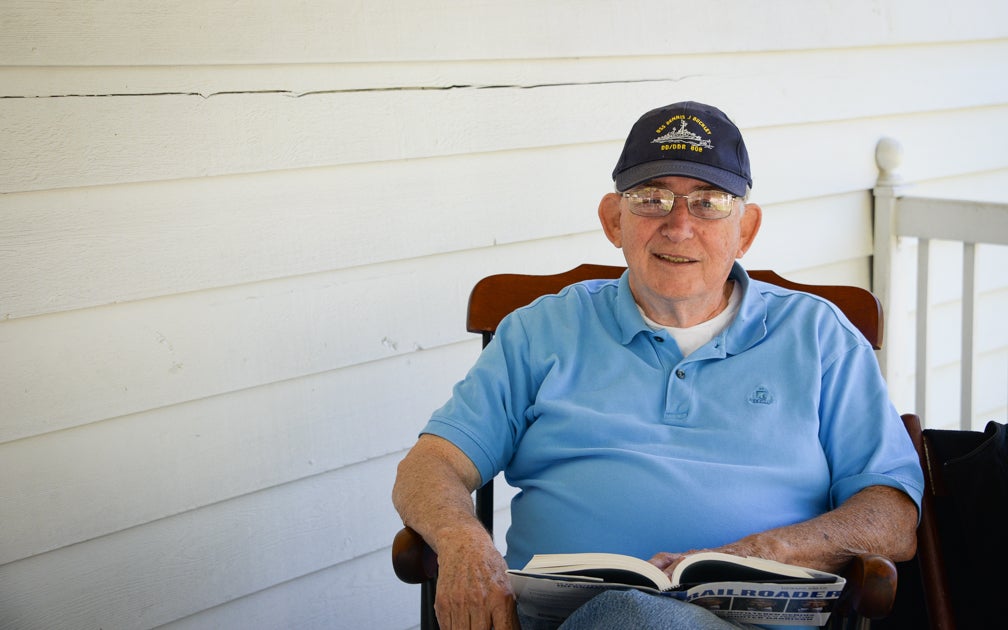
Charles Bogart is a U.S. Navy veteran. (Photo by Hannah Brown) 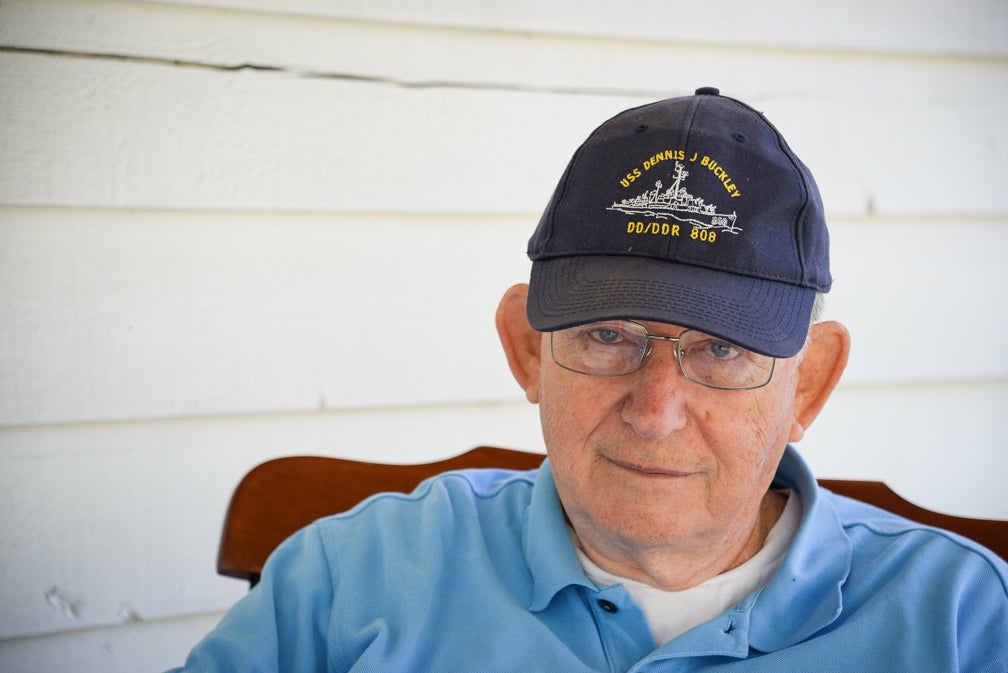
Charles Bogart is a U.S. Navy veteran. (Photo by Hannah Brown) 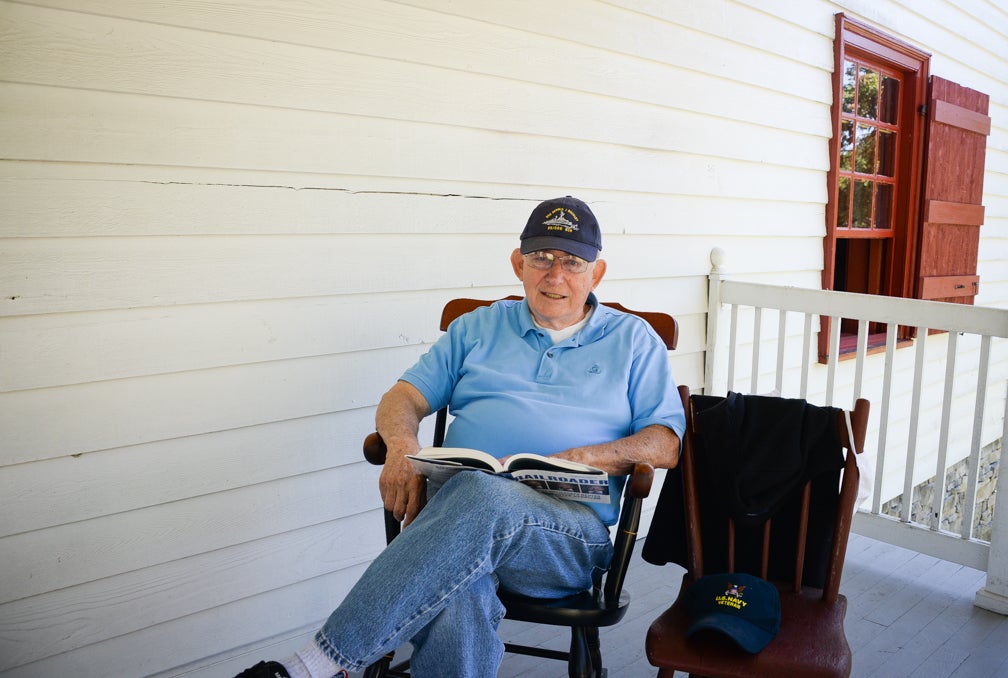
Charles Bogart is a U.S. Navy veteran. (Photo by Hannah Brown) 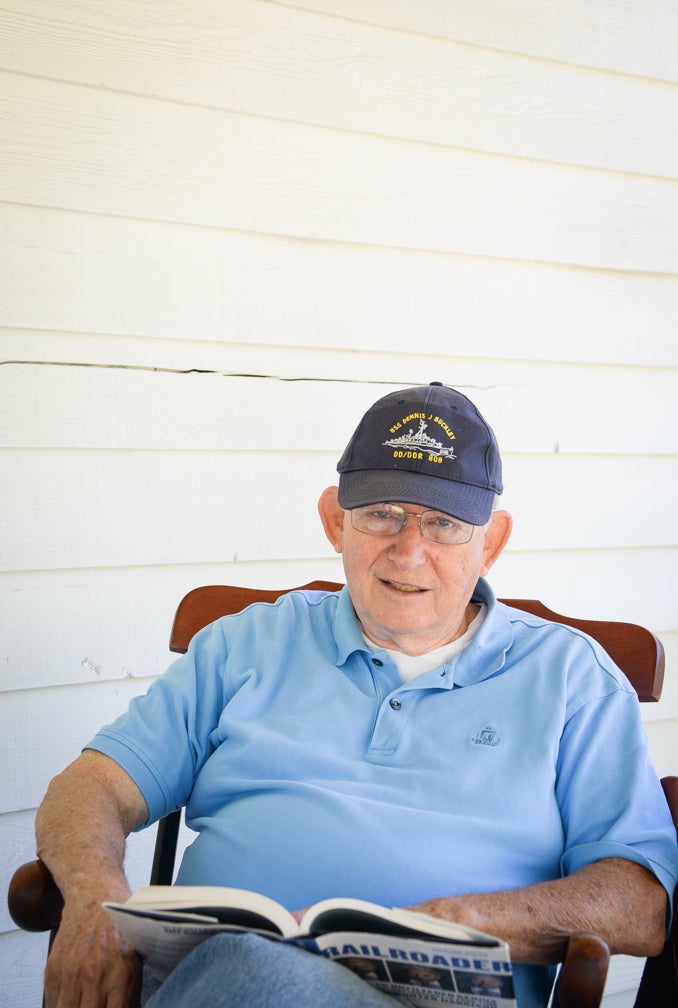
Charles Bogart is a U.S. Navy veteran. (Photo by Hannah Brown)

